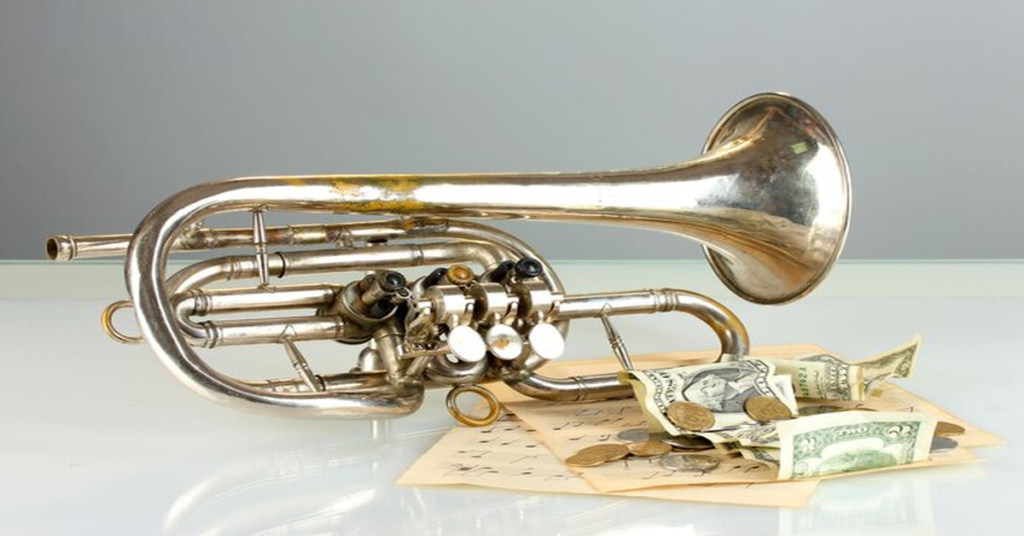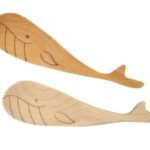The French horn, with its rich, warm tones and distinctive circular design, is one of the most iconic instruments in the brass family. Known for its versatility and expressiveness, the French horn has been a staple in orchestras, bands, and solo performances for centuries. From its origins in hunting calls to its prominent role in classical and contemporary music, the French horn holds a unique place in the world of music.
This comprehensive guide explores the history, structure, playing techniques, and cultural significance of the French horn. Whether you’re a musician, a music enthusiast, or simply curious, this article will offer valuable insights into this remarkable instrument.
1. History of the French Horn
The history of the French horn dates back to ancient times, evolving through various stages to become the modern instrument we know today.
1.1. Early Origins
- The horn’s ancestry can be traced to natural animal horns and conch shells used as signal devices in prehistoric times.
- Ancient civilizations, including Egypt and Greece, used horns for communication, ceremonies, and hunting.
1.2. Medieval and Renaissance Era
- In medieval Europe, hunting horns made of brass or other metals were used by hunters for signaling during hunts.
- These horns had a simple, straight design and were limited to producing natural harmonics.
1.3. Baroque Period
- The 17th century saw the development of the circular coiled horn, which became popular in courtly hunting parties and ceremonies.
- The natural horn, as it
was known during this time, gained attention in Baroque music as composers began incorporating its unique timbre into compositions.
1.4. Development of the Modern French Horn
- By the 19th century, innovations in brass instrument technology led to the creation of the valve system, allowing the French horn to produce a full chromatic scale.
- The modern double French horn, invented by German horn maker Fritz Kruspe in 1897, combines F and Bb tuning systems, giving players greater versatility.
2. Structure of the French Horn
The French horn’s design is both functional and elegant, contributing to its distinctive sound.
2.1. Main Components
- Mouthpiece:
- The player buzzes their lips into the mouthpiece to produce sound. Mouthpieces come in various shapes and sizes to suit different playing styles.
- Leadpipe:
- Connects the mouthpiece to the instrument and directs air into the tubing.
- Valves:
- Typically, French horns have three or four rotary valves that change the length of the tubing to produce different pitches.
- Tuning Slides:
- These adjust the pitch by lengthening or shortening the tubing.
- Bell:
- The wide, flared end of the instrument amplifies and projects the sound.
2.2. Types of French Horns
- Single Horn:
- Designed for beginners, it has either an F or Bb tuning system.
- Double Horn:
- Combines F and Bb tuning for increased range and flexibility, making it the preferred choice for professionals.
- Triple Horn:
- Adds a high F tuning, ideal for advanced players tackling demanding compositions.
- Descant Horn:
- A lightweight alternative, focusing on higher registers.
3. Playing Techniques
Mastering the French horn requires a blend of physical control, precision, and musicality.
3.1. Producing Sound
- Sound is created by buzzing the lips into the mouthpiece while controlling air pressure and lip tension.
- The horn’s circular tubing amplifies the vibrations, producing its characteristic mellow tone.
3.2. Hand Position
- The right hand is placed inside the bell to refine tone and pitch. This technique, called hand-stopping, is also used to produce muted effects.
- The left hand operates the valves to change pitch.
3.3. Breathing and Embouchure
- Players must develop strong breath control to sustain long phrases and dynamic contrasts.
- The embouchure (lip position and tension) plays a critical role in achieving clarity and consistency.
3.4. Transposition
- French horn players often read transposed music, requiring them to play in keys different from what’s written on the sheet music.
3.5. Advanced Techniques
- Glissando: Sliding smoothly between notes for dramatic effects.
- Stopped Horn: Using the hand to completely block the bell, creating a nasal, muted tone.
4. The Role of the French Horn in Music
The French horn’s unique sound makes it a valuable asset in various musical contexts.
4.1. Classical Music
- The French horn is a core member of the orchestra, often used in symphonies, concertos, and chamber music.
- Composers like Mozart, Beethoven, and Mahler wrote significant horn parts, highlighting its expressive capabilities.
4.2. Film Scores
- The French horn’s is frequently used in movie soundtracks to convey heroism, romance, or nostalgia. Iconic examples include John Williams’ Star Wars and Hans Zimmer’s Inception scores.
4.3. Jazz and Pop Music
- While less common, the French horn’s occasionally features in jazz and pop music, adding depth and warmth to arrangements.
4.4. Military and Brass Bands
- Its origins in hunting signals make it a natural fit for ceremonial and marching band music.
5. Caring for Your French Horn
Proper maintenance ensures that the French horn performs optimally and lasts for years.
5.1. Cleaning
- Regularly clean the mouthpiece and tubing to prevent buildup of dirt and moisture.
- Use a cleaning snake and valve oil to keep the instrument’s interior and moving parts in good condition.
5.2. Storage
- Store the horn in a padded case to protect it from dents and scratches.
- Avoid exposing it to extreme temperatures, as these can affect tuning and materials.
5.3. Regular Checkups
- Have the instrument inspected by a professional repair technician periodically to address any wear or damage.
6. Learning the French Horn
For aspiring musicians, learning the French horn can be both challenging and rewarding.
6.1. Starting Out
- Beginners should start with a single horn, as it is lighter and easier to play.
- Enroll in lessons with a qualified instructor to develop proper technique and musicality.
6.2. Overcoming Challenges
- The French horn’s tight embouchure and accuracy demands make it one of the more difficult brass instruments to master.
- Patience and consistent practice are essential for progress.
6.3. Advancing Skills
- Intermediate players can transition to double horns for greater range and tonal options.
- Join ensembles like school bands, orchestras, or brass quintets to gain performance experience.
7. Famous French Horn Players
Several musicians have gained recognition for their exceptional skill and contributions to the French horn’s repertoire:
7.1. Dennis Brain
- Considered one of the greatest horn players of all time, Brain elevated the instrument’s reputation through his virtuosity and artistry.
7.2. Sarah Willis
- A member of the Berlin Philharmonic, Willis is known for her innovative projects and advocacy for the horn.
7.3. Radek Baborák
- A Czech horn virtuoso celebrated for his performances as a soloist and orchestral player.
8. French Horn in Popular Culture
The French horn’s distinctive appearance and sound have made it a recognizable symbol in popular culture:
8.1. Literature and Art
- The French horn often symbolizes elegance and sophistication in paintings, novels, and poetry.
8.2. Television and Film
- Iconic scenes in movies like Brassed Off and TV shows like How I Met Your Mother feature the French horn’s prominently.
9. Buying a French Horn
Choosing the right French horn depends on your level of expertise and budget.
9.1. For Beginners
- Look for affordable single horns from reputable brands like Yamaha or Holton.
9.2. For Professionals
- Advanced players should invest in double or triple horns with superior craftsmanship, such as those from Alexander or Conn.
9.3. Used vs. New
- Used horns can be cost-effective but should be inspected for damage or wear before purchase.
Conclusion
The French horn’s is a remarkable instrument with a rich history and a vital role in music. From its humble beginnings as a hunting signal to its place in orchestras and beyond, the French horn’s continues to captivate audiences with its expressive sound and versatility. Whether you’re a musician or an admirer, understanding the French horn’s nuances enhances your appreciation of its artistry.
FAQs
1. Is the French horn difficult to learn?
Yes, the French horn is considered one of the most challenging brass instruments due to its tight embouchure and accuracy demands.
2. What is the difference between a single and double French horn?
A single horn has one tuning system (F or Bb), while a double horn combines F and Bb tunings for greater flexibility.
3. How much does a French horn cost?
Prices range from $1,500 for beginner horns to over $10,000 for professional-grade instruments.
4. How do I maintain a French horn?
Regularly clean the mouthpiece and tubing, oil the valves, and store the instrument in a padded case.
5. Can the French horn be used in jazz music?
Yes, though less common, the French horn is sometimes featured in jazz ensembles for its unique tonal qualities.
6. Who are some famous French horn players?
Notable players include Dennis Brain, Sarah Willis, and Radek Baborák, who have significantly contributed to the instrument’s legacy.







